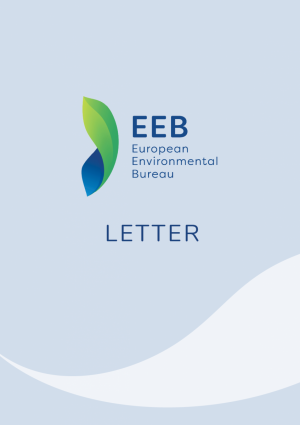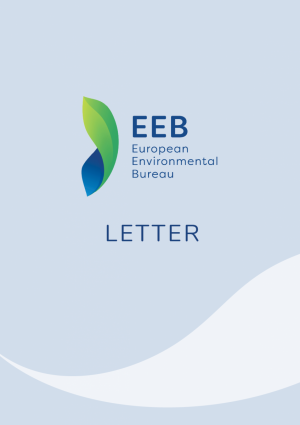
End-of-waste criteria for Europe
We welcome the European Commission’s intention to develop further EU-wide end-of-waste (EoW) criteria and to launch a consultation to stakeholders about which waste streams should qualify.
The EU Waste Framework Directive (WFD) article 6 sets four key criteria for national end-of-waste status1. However, their implementation varies significantly across EU Member States, as shown in the European study on by-products and end-of-waste2. Several court cases have helped clarifying them.
Together with improved enforcement, further harmonisation at EU level of end-of-waste criteria is important to help reduce legal uncertainties regarding waste treatment and different interpretations between Member States, fight against environmental crime such as waste trafficking, and increase the safe use of high quality secondary raw materials. This can also help better measure and track the actual amounts of waste being collected and recycled.
We believe that setting a candidate list for EU-wide EoW criteria should not only be based on quantitative criteria, such as the demand for (potential) secondary raw material or the amount of waste shipment/generated, but also on qualitative criteria reflecting the risks to human health and the environment. Material streams presenting obvious risks for human health and the environment should only be prioritised for EoW potential status if there is evidence that they can be properly decontaminated through established processes, not leading to further re-injection of associated risks in the economy.
In that perspective, special attention should be paid to substances of concern when defining EoW criteria for selected materials, as material streams complying with EoW criteria are de facto expected to be used in new products. Therefore, newly developed EoW criteria should be in line with the Chemicals Strategy for Sustainability which clearly defines substances of concern as those which are problematic in a circular economy, i.e. substances that have a chronic effect on human health or the environment (Candidate list in REACH and Annex VI to the CLP Regulation), but also those which hamper reuse and recycling for safe and high quality secondary materials…





